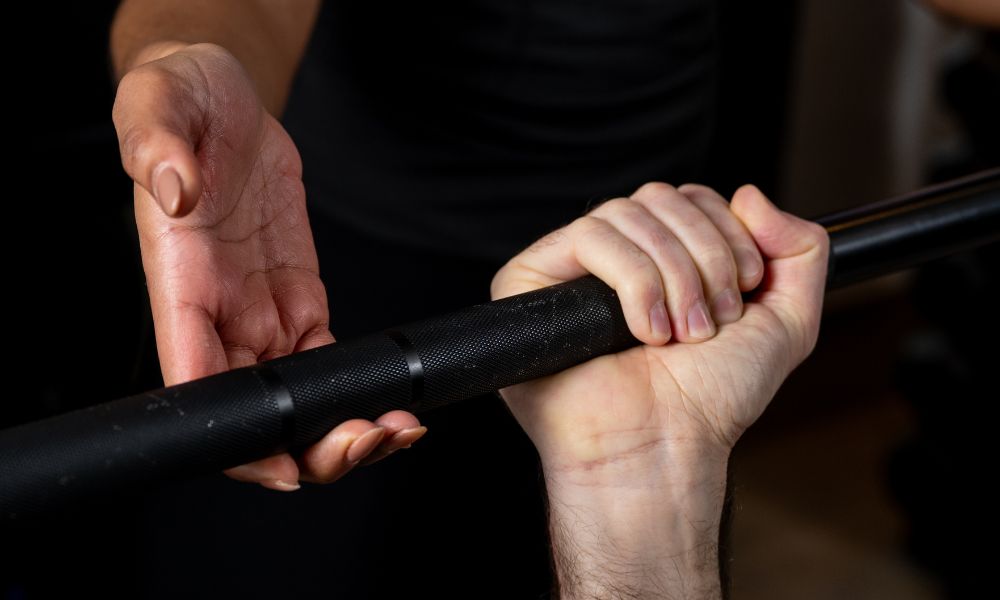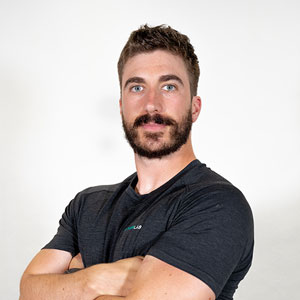If you’re in your 40s, 50s, 60s or beyond, you’re probably not just thinking about exercise in terms of aesthetics anymore. Sure, looking good is a factor, but feeling good starts to become an even greater priority. Beyond the immediate feeling as you get out of bed and get on with your day – it’s also about ensuring that the years ahead are as active, mobile, and pain-free as possible. That’s where longevity-focused exercise comes in.
The question is, what exactly is the best exercise for longevity? If you’re hoping for a single, magic movement that would keep you going strong for decades, we’ve got bad news: it doesn’t exist. But the good news? There is a science-backed approach that blends strength, cardiovascular health, and mobility to give you the best shot at a longer, healthier life.
Here, we’ll take a detailed look at what the science around longevity says – and put some solid recommendations against each factor.
A Quick Note
If you’ve explored our blogs on how much longevity training to do and whether you need to be fit to start longevity training, you’ll know that doing what is practical right now is far better than putting together an aspirational plan that you can’t/don’t stick to.
As such, take the following information as it’s intended – what science tells us about staying healthy. If you can practically/physically do this from day one, that’s great – but it’s not a prescriptive plan – and if it looks impractical or beyond your fitness now, don’t worry – a good coach will help you work up to this, rather than expect it from the get-go.
Strength Training: The Cornerstone of Longevity
If you do one thing for your long-term health, the evidence suggests you should make it strength training.
Why? Because losing muscle mass is one of the biggest contributors to declining health as we age. From around age 30, we start losing muscle at a rate of 3-5% per decade if we don’t actively train to maintain it.
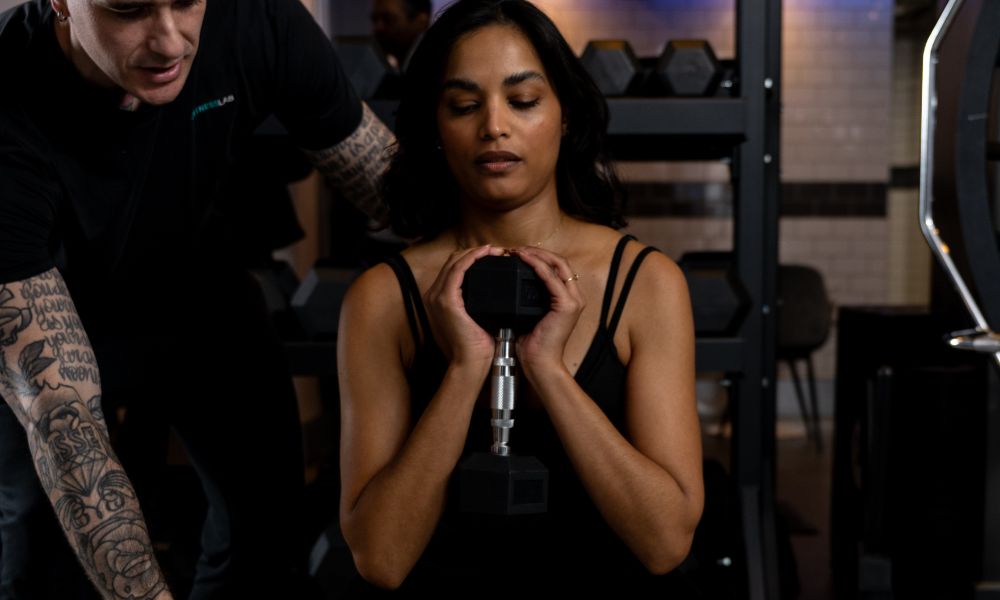
Building and maintaining muscle isn’t just about being strong in the gym; it has very real lifelong applications too, helping prevent frailty, supporting bone density, and even regulating metabolism and blood sugar levels. Research also suggests a strong correlation between grip strength and overall longevity – a simple but telling sign of the importance of maintaining strength.
How Much Strength Training is Optimal?
The research is clear: around 2-3 strength training sessions per week is ideal for longevity.
That could means focusing on exercises that include pushing, pulling, squatting, hinging, carrying and performing isometric based exercises. The key is to apply these in a way to create progressive overload – gradually increasing resistance over time to keep challenging your muscles.
Cardiovascular Exercise: The Heart Health Essential
If strength training is the foundation, you might think of cardiovascular exercise as the structure that keeps it all standing. Regular cardio training improves heart health, lung capacity, and circulation, reducing the risk of heart disease – still the leading cause of death worldwide.
What Kind of Cardio is Best for Longevity?
A major study in Circulation found that 300 to 599 minutes of exercise per week (roughly 5-10 hours) was linked to the longest lifespan. But don’t panic – you don’t need to be running marathons before work to hit those numbers. The study included both moderate and vigorous-intensity workouts, meaning a mix of activities like walking, cycling, swimming, and higher-intensity activities like running or HIIT.
Here’s how you might structure it:
- Moderate-intensity cardio (like brisk walking, swimming, or cycling): Aim for 150-300 minutes per week.
- Vigorous-intensity cardio (like sprinting, HIIT, or fast cycling): Aim for 75-150 minutes per week.
If you’re short on time, increasing the amount of interval training (short bursts of high-intensity effort) can provide the same cardiovascular benefits in less time – a good personal trainer will be able to make sure every minute spent working out is maximised without risking injury.
Movement Throughout the Day: The NEAT Factor
You may or may not be aware of the term NEAT (Non-Exercise Activity Thermogenesis) – it’s the energy you burn through daily movement outside of structured workouts. This is really any incidental movement – think walking, taking the stairs, gardening, or playing with the kids.
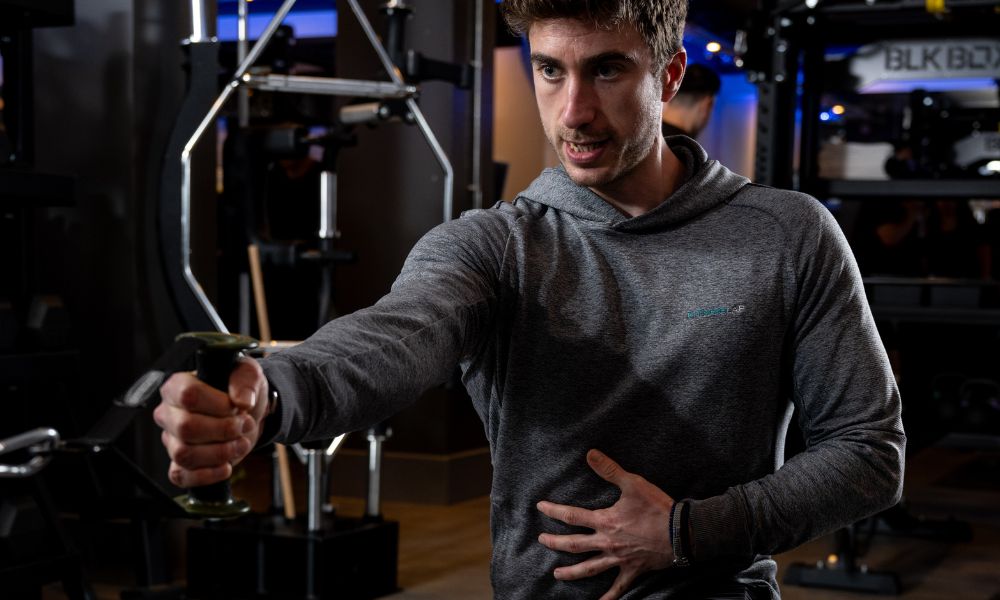
Research suggests that people who naturally incorporate movement throughout the day – like those in Blue Zones (regions with the highest life expectancy) – tend to live longer, healthier lives.
The key takeaway here is that a single gym session won’t undo 8-10 hours of sitting. As such, it’s a good idea to prioritise daily movement, whether that’s a morning walk, standing while working, or stretching in the morning and/or evening.
Mobility and Flexibility: The Overlooked Longevity Key
As we age, mobility becomes the deciding factor in whether we stay active or slowly reduce movement due to stiffness and pain. Regular stretching, yoga, or Pilates can keep joints healthy, improve balance, and prevent falls – a leading cause of injury in older adults.
The best approach? 10-15 minutes of mobility work daily. That could be a mix of dynamic stretches, foam rolling, or yoga-based movements to keep your body feeling fluid and capable.
Recovery: The Underrated Longevity Factor
Exercise is essential, but recovery is really where the magic happens. Put plainly, your body needs time to repair and adapt, and that process happens outside the gym.
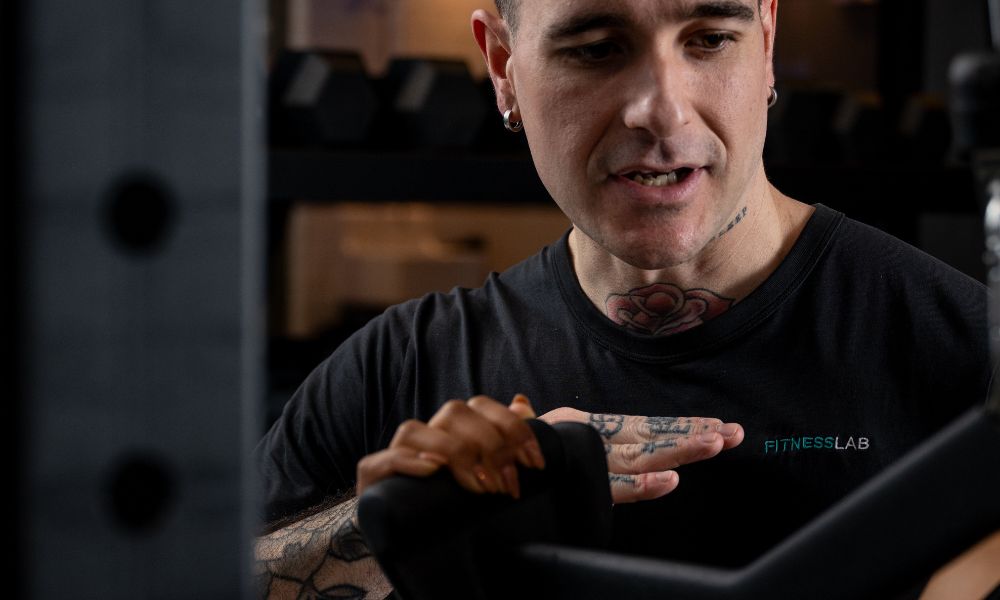
Key areas to focus on:
- Sleep: Aim for 7-8 hours per night with good sleep hygiene (dark room, consistent schedule, limiting screens before bed).
- Stress management: Chronic stress increases inflammation, which can accelerate ageing. Meditation, deep breathing, or simply taking time to unwind can help.
- Rest days: Overtraining increases cortisol (a significant stress hormone) and can actually be counterproductive for longevity. Balance intense workouts with lower-impact activities.
The Ideal Weekly Longevity Exercise Plan
Putting it all together, a well-rounded exercise plan for longevity might look something like this:
- 2-3 strength training sessions per week (full-body workouts or split routines)
- 3-5 hours of cardio per week (mix of moderate and vigorous intensity)
- Daily movement (walking, taking the stairs, stretching, staying active throughout the day)
- 10-15 minutes of mobility work daily (stretching, yoga, or foam rolling)
- Prioritising recovery (adequate sleep, stress management, and rest days)
Final Thought: The Best Exercise is the One You Enjoy (and Stick With)
Hopefully, that gives you an overview of what science tells us is the best approach for someone looking to live a longer, healthier life. That said, this is generic information rather than specific advice that’s tailored to you – so, if you take away just one thing from this article, it’s that the best exercise for longevity is the one you’ll actually do. While strength training, cardio, and mobility work all play crucial roles, consistency is key. It’s far better to find an enjoyable, sustainable routine than to aim for perfection and burn out after a month.
If you’re not sure where to start – or you’re not absolutely confident with strength training – don’t worry; this is where a personal trainer will offer invaluable help. Not only that – but they’re a set of objective eyes when it comes to seeing how you’re progressing – as well as keeping you motivated on those days where your motivation is flagging.
